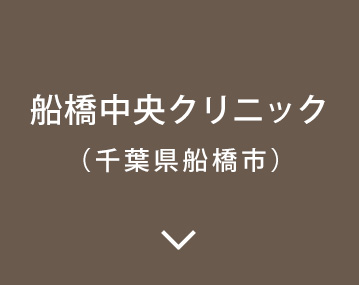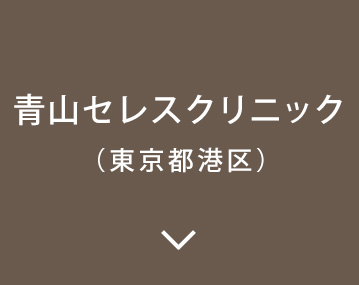投稿日:2023/11/11
(最終更新日:2023/11/13)
Exploring the Impact and Evolution of Aptos Lift in Thread Lifting
The Revolutionary Arrival of Aptos
For the past three decades, face lifting surgeries were the mainstream solution for addressing facial sagging. However, the extensive nature of these surgeries, accompanied by swelling and long recovery times, made many hesitant. In the late 1990s, a breakthrough came with the birth of the Aptos Lift, a thread lifting method that revolutionized the field of cosmetic surgery. Developed by Russian plastic surgeons, the Sulamanidze family, its effectiveness and safety were evaluated in 2000 on 300 patients by a Russian Ministry of Health committee. In 2004, a study by Lycka reported successful facial rejuvenation in 348 out of 350 cases. Introduced in Japan in 2001 and presented at the Japanese Society of Aesthetic Surgery in 2002, Aptos Lift and thread lifting experienced an exploratory phase in the early years but have since advanced, offering safe thread lifting options to many patients.
About Aptos Lift Threads
The polypropylene threads used in Aptos Lift are highly regarded for their safety in medical applications. These non-absorbable threads are designed with unique barbs to hold subcutaneous tissue while contracting the skin for a lifting effect. The 12cm threads have special serrations running from both ends towards the center, effectively pulling the skin towards the thread’s midpoint.
Technique and Effectiveness of Aptos Lift
Aptos Lift is a minimally invasive procedure using special needles and threads to lift sagging skin without incisions. It is particularly effective for cheek sagging, reducing nasolabial folds, and restoring cheek firmness. Immediate improvement in sagging is noticeable post-treatment, with further lifting effects expected 2-4 weeks later due to the fibrous tissue formed around the threads.
Aftercare and Risks of Aptos Lift
Post-treatment swelling and bruising can occur but are typically alleviated with at-home cooling. Makeup can be applied immediately after. The lifting effects are said to last for several years, especially effective for mild sagging in individuals under 45 years old.
Procedure of Aptos Lift
●Consultation: Assessing the patient’s condition and suitability for the treatment.
●Local Anesthesia: Administering anesthesia at the designated thread insertion sites.
●Treatment: Inserting the Aptos threads under the skin using special needles.
●Post-Treatment: Minimal swelling is typical, with needle marks disappearing within a few days. Washing and makeup application can resume the next day.
Common Questions About Aptos Lift
●Feeling of Threads: Initially, there may be some discomfort, but this fades as the threads adapt.
●Safety of Threads Remaining in the Body: There are minimal risks of infection or other issues with polypropylene threads.
●Effectiveness of Aptos Lift: Initially hailed as a groundbreaking technique, Aptos Lift gained popularity in the early 2000s. Subsequent improvements in threads have somewhat overshadowed it. Being non-absorbable, it’s expected to have longer-lasting effects compared to absorbable threads like VOV Lift. However, its structure, where the thread loops back in the middle and is anchored in the soft fat layer, leads to a decrease in lifting effect over time. Effective thread lifts should have one end anchored in a firm fascia. Furthermore, the lack of contractility in polypropylene threads can lead to visible irregularities at the insertion site, causing postoperative issues. Nowadays, “Spring Thread,” a superior non-absorbable thread lift made of silicone, is preferred, offering better results and longer sustainability, often exceeding three years.
Conclusion: Aptos Lift’s Relevance Today
Once revolutionary, Aptos Lift has been surpassed by newer thread technologies. When considering a thread lift, it’s crucial to determine whether absorbability or longevity is a priority. However, it’s important to note the existence of doctors who claim to be specialists in thread lifting or facelifting without adequate knowledge or experience. Thorough consultation with a true expert is essential before undergoing any treatment.
Written by Kenta Motogami, M.D.
Director of Funabashi Chuou Clinic (Chiba Pref. Japan) ana Aoyama Celes Clinic (Tokyo)
English is available at these clinics.
ブログTOPに戻るカテゴリーから探す
- 目
- 鼻
- プチ整形
- その他の顔の治療
- 美肌治療
- にきび治療
- アンチエイジング・若返り
- 小顔・輪郭治療
- 豊胸・バスト
- 痩せる方法
- 院長日記
- わきが・多汗症
- タトゥー除去
- 女性の薄毛
- レーザー脱毛
- ほくろ・いぼ除去
- その他
- Articles in English
人気記事ランキング
-
1位
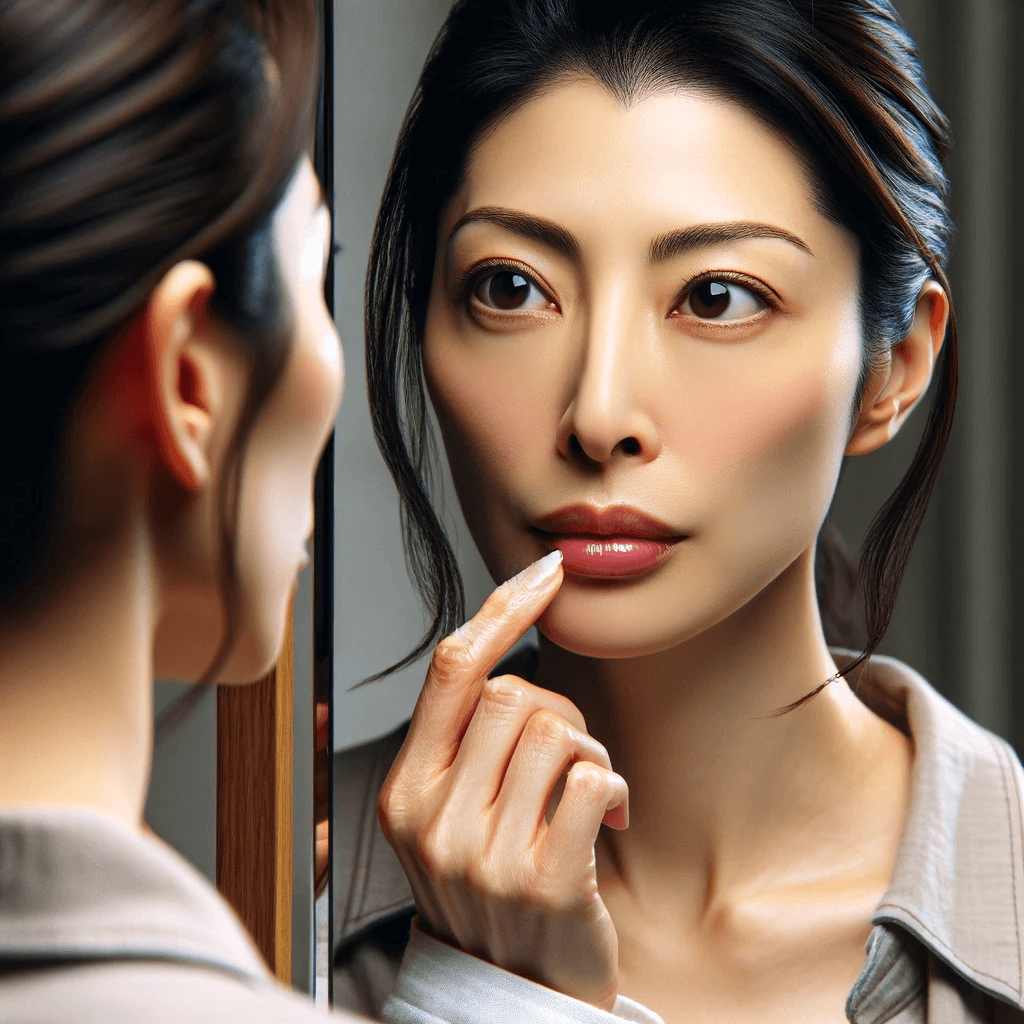
2024/01/26
唇のブツブツ:フォアダイスの原因・治し方・予防等について
-
2位
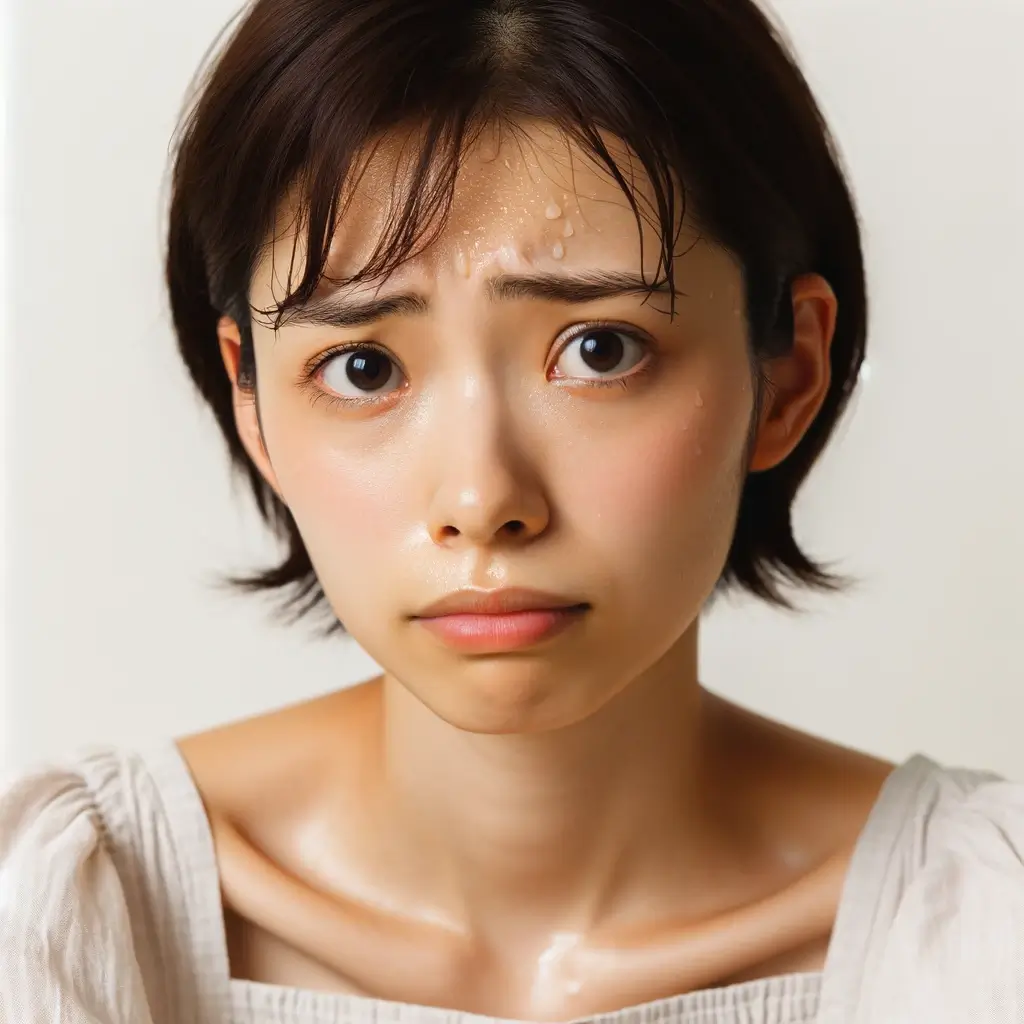
2024/02/10
顔汗・頭の汗がすごいのはなぜ?病態と止める方法について
-
3位

2024/02/26
【女性がセックスでイク】オーガズムの全てを医学的に徹底解説!
-
4位
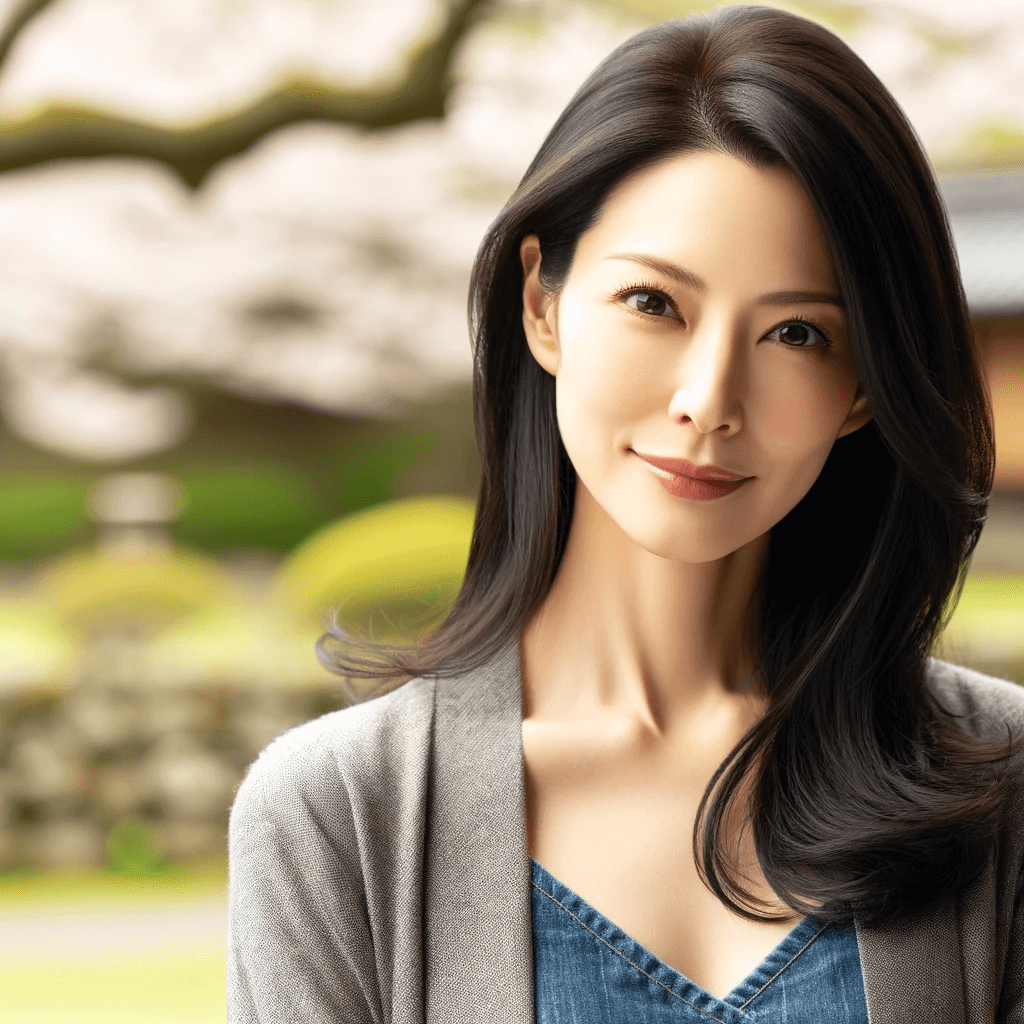
2023/12/30
数の子天井、ミミズ千匹の名器とは??
-
5位

2024/02/11
鼻汗・口周りの汗がすごいのはなぜ?対策と止める方法について
最新記事
千葉エリアで治療をご希望の方はこちら
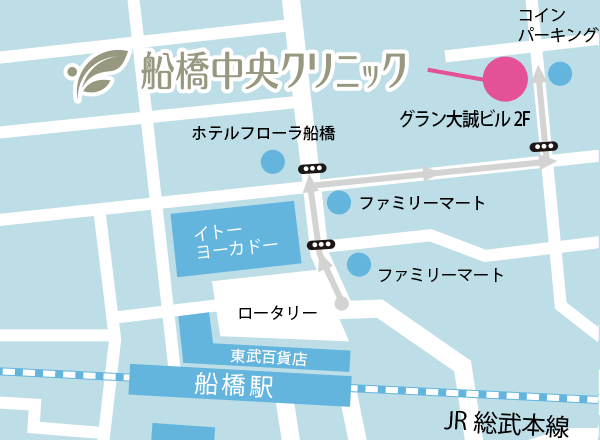
〒273-0005
千葉県船橋市本町6-4-15
グラン大誠ビル 2F
責任者:元神賢太
最終学歴:H11年慶応義塾大学医学部卒業
勤務歴:H15年船橋中央クリニック開業
東京エリアで治療をご希望の方はこちら
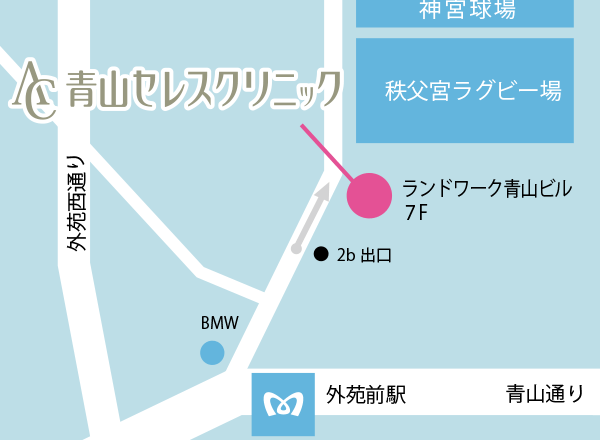
〒107-0061
東京都港区北青山2-7-26
ランドワーク青山ビル7F
(旧ヒューリック外苑前ビル)
責任者:高林洋一
最終学歴:S43年慶応義塾大学医学部卒業
勤務歴:H28年青山セレスクリニック管理者



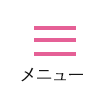







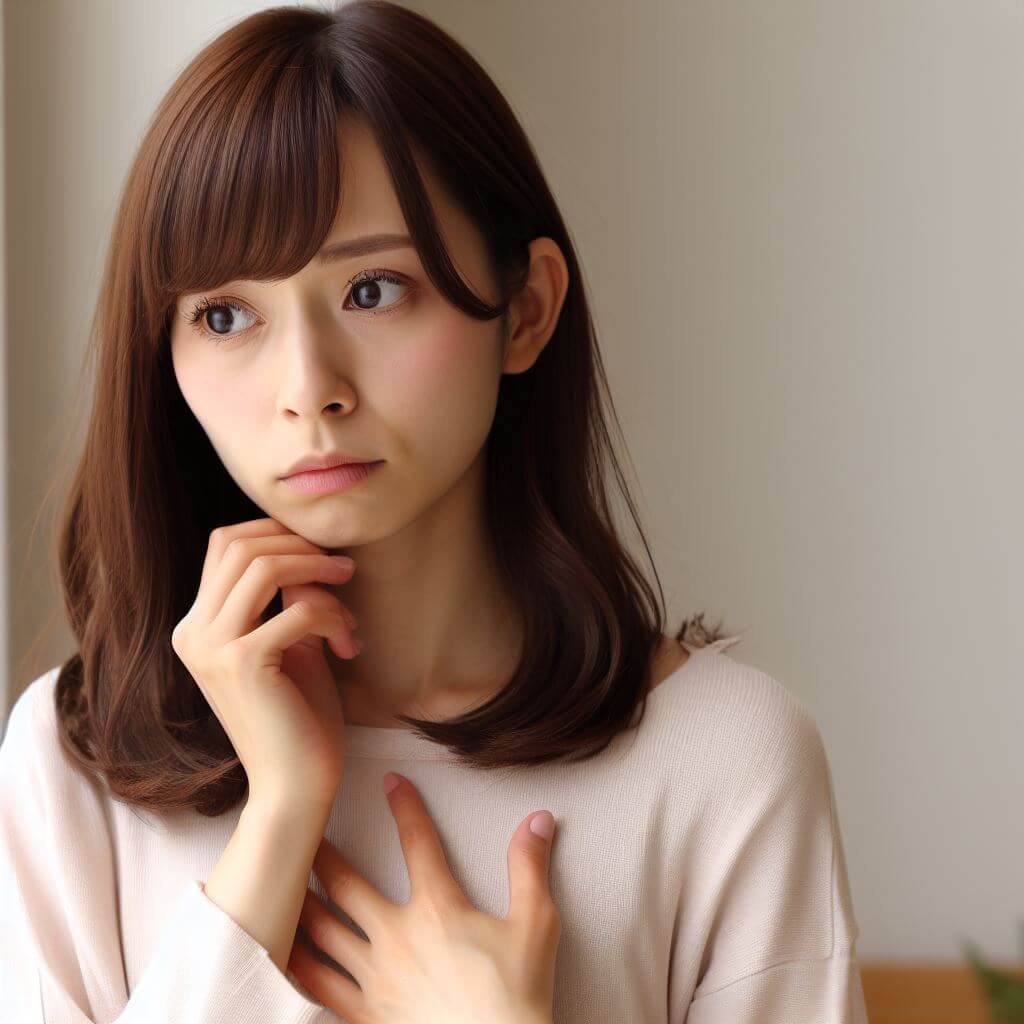
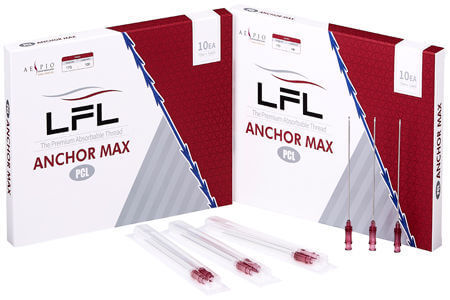

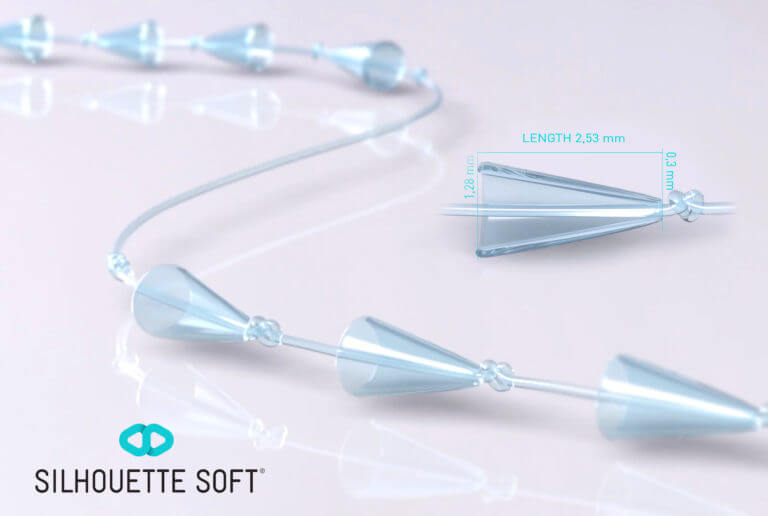

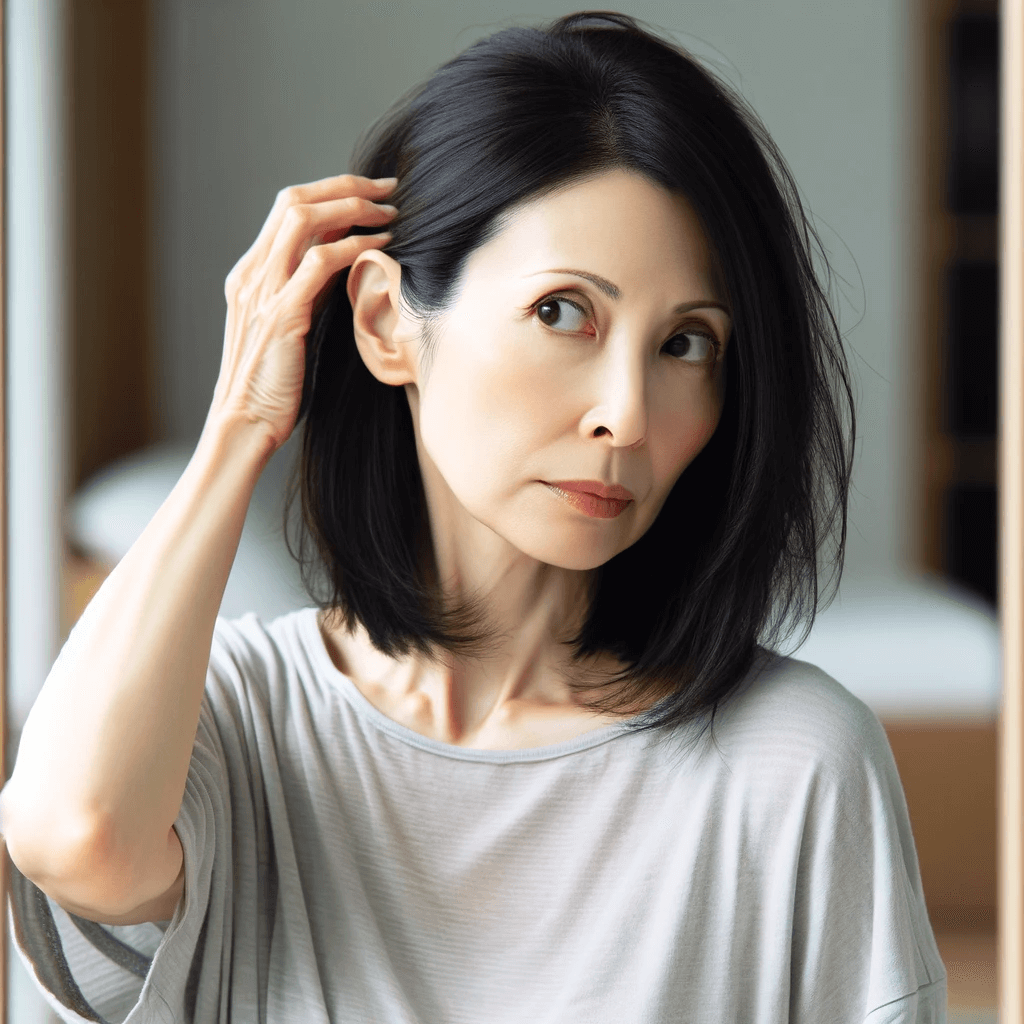
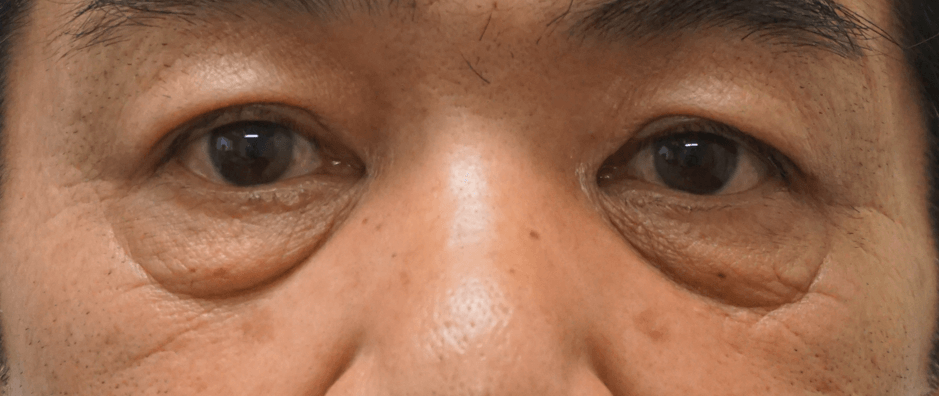
















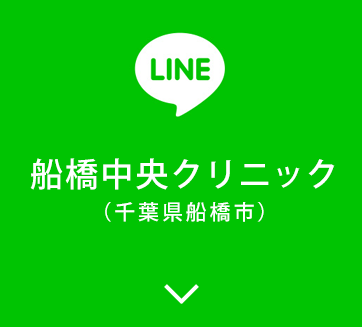
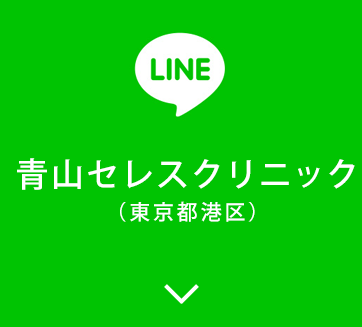
 フリーダイヤル
フリーダイヤル